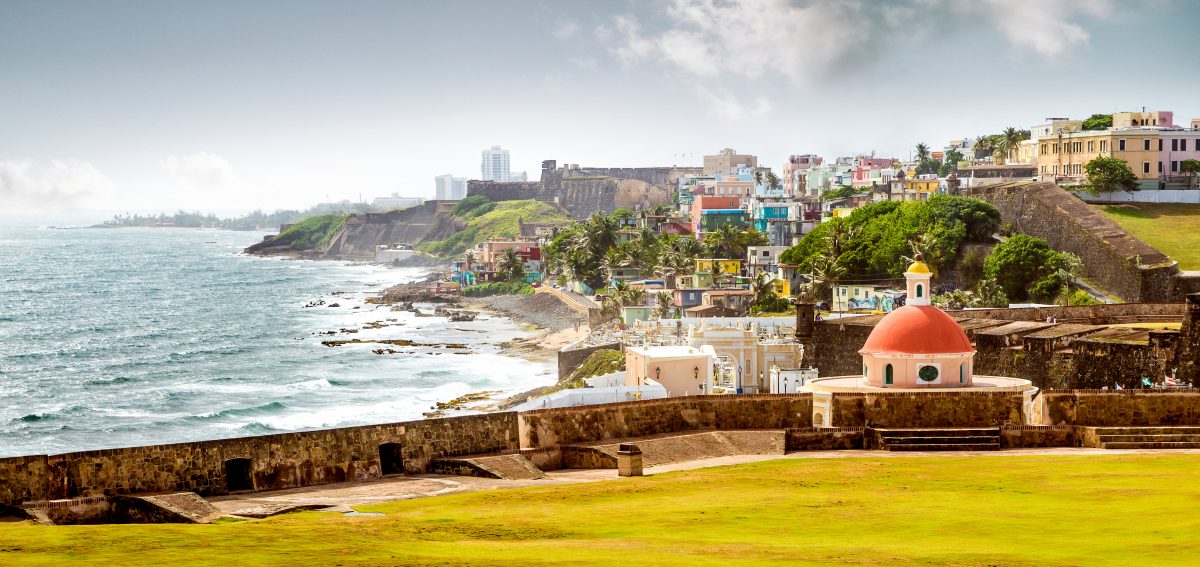
Puerto Rico is a popular travel destination for Americans. The commonwealth set a visitor record in 2021, and it is expanding tourism-related development to continue welcoming visitors to the island.
In 2017, Hurricane Maria swept through the island causing unthinkable damage to the mangroves, wetlands and other coastal areas. However, another phenomenon is spreading through Puerto Rico’s coast; coastal gentrification and touristification.
Scholars studying anthropology and coastal communities believe it is important to understand what Puerto Rico is losing to keep up with tourism on the island. In rural areas, habitat is tied to residents’ cultural identity and economic well-being.
How many rural Puerto Ricans’ lives are inextricably linked to coastal forests and wetland habitats has been documented for the last two decades. These communities often are poor, neglected by the state and disproportionately affected by pollution and noxious industries.
Some of the most diverse habitats exist in estuaries and coastal forests. People in these areas rely on coastal wetlands and mangroves to make a living. These areas are in danger due to climate change, tourism and luxury residential development.
Because the wetlands are considered undesirable, these areas are mostly occupied by Afro-descendant people and Indigenous communities, who made livings fishing, foraging, harvesting coconuts, cutting wood and making charcoal.
Now in the 20th century, tropical coasts have begun attracting the attention of tourists. Hotels, resorts, casinos, and golf courses have taken the place of coastal wetlands.
Only time will tell how the tourist population will continue to influence the habits of Puerto Rico’s coast.
The U.S. Army Corps of Engineers has been tasked with…
Brown and Caldwell, a leading environmental engineering and construction firm,…
Humboldt State University, one of four campuses within the California…